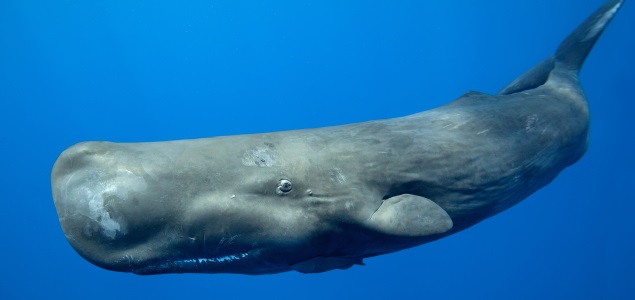
Cabo San Lucas, Mexico, has the perfect conditions for whale watching. Located where the waters of the Sea of Cortez meet the Pacific Ocean, Cabo offers many opportunities for whale watching.
Whale watching season in Cabo San Lucas can vary from year to year, but the whale watching season are set by the SEMARNAT (the Secretariat of the Environment and Natural Resources for Mexico), whale watching season in Cabo spans the months from December to April. The Baja California Peninsula separates the Sea of Cortez and the Pacific, and this junction has the perfect conditions for whale breeding. Beautifully located at this junction, Cabo is at the southern tip of the peninsula.
SEMARNAT, has established the Cabo whale watching season as of December 15 to April 15. This is when varying species of whales will migrate from the cold waters of the north around Alaska down to the warmer waters of Cabo.

The best time to see whales in Cabo is January to March. This is when there are the most whales and the greatest activity. You will be 90-95% assured of seeing whale activity at this time.
In late December into early January, the primary activity will be whales migrating back to the area and males who are going from pod to pod to find females with which they can mate. Their activity may increase as other males migrate into the area. More competition for female attention means more active male whales.

Late January through February and into March is when females start calving, so you will have a greater chance of seeing baby whales. The later in the season you go whale watching in Mexico, the more active the babies will be as they grow stronger and become more active.
Whale watching during the whale watching season will almost always result in humpback whale sightings, but the time of day can make a difference. Morning cruises are good for those who have motion sickness issues, as the waters are usually calmer, and it is less windy. This may be a good time to go if you have young children, as the ride will be smoother. There is morning activity as the whales congregate and feed.
There is more activity during mid-day whale watching tours as the waters begin to get rougher.
The afternoon and early evening have the most activity thanks to the high tides and increased winds. It may be a more bumpy ride, but the sights and activities of the whales will be worth riding the waves.
Some marine biologists have also observed that whales in Cabo tend to have about 2-3 days of activity, then there is a bit of a lull for a couple of days.
Types of Whales in Cabo San Lucas
Humpback Whales
The largest population you will probably see during the Cabo whale watching season, is the Humpback Whale. These grumpy-faced dark-colored whales are actually quite jovial, almost creating a “family reunion” atmosphere as they roll and play with each other. Undoubtedly, January through March is the best time to check out the Cabo whale watching season.

Grey Whales
Gray Whales are another often-sighted species in Magdalena Bay, near Los Cabos. The Grays tend to nest near shore, so there’s a chance you can see them without hitting the waters, but the Cabo whale watching season is always enjoyed most from a boat.

Other whales that have been seen in the Cabo area, but are much rarer, are Orcas (also known as Killer whales), Blue whales, and Fin Whales. These marine mammals do not stay in the area, so if they are seen, they are usually just migrating through and looking for food. Sperm whales can also be seen offshore at times in Cabo waters, most often females and their calves.
How to Protect the Whales?
The well-being and protection of whales in Cabo and surrounding areas is important to Ozeanity Experiences. We practice responsible whale watching: we follow all environmental regulations, including keeping a safe distance away from the whales when we visit to avoid stressing them.
Whales are beautiful, peaceful creatures and an important part of our planet and ecosystem. We all have a responsibility to protect the whales and their environment, regardless of where we live. Keeping whales safe from extinction begins with keeping their ocean home clean.
Reduce the Use of Disposable Plastics
One of the greatest threats to our oceans and the marine life that lives there is microplastics. Our lives are filled with plastics, from disposable silverware and straws to grocery bags. When we dispose of these plastic items, microparticles of plastic make their way to the ocean, where they are eaten by whales and other marine life—including fish we eat.
Eating microplastics can have a detrimental effect on the health and wellbeing of whales. If you want to make the world a friendlier place for these beautiful marine animals, start with reducing the number of disposable plastics you use: say no to straws, drink from reusable water bottles, bring reusable bags to the grocery store, and choose products with minimal plastic packaging. Every little effort will make a difference.
Book Your Whale Watching Tour With Ozeanity Experiences in Advance
Undoubtedly, December through April is the best time to go to Cabo San Lucas in the whale watching season. We ensure that the guides and vessels meet current SEMARNAT and other safety standards. Contact us today to experience the wonders of whale watching in Cabo San Lucas.








Comments